I am using "calculate.overlap" function in R package "VennDiagram". I am comparing four sets of data as following:
library(VennDiagram)
overlap=calculate.overlap(
x=list(
"1"=1,
"2"=2,
"3"=3,
"4"=4
)
)
The output file "overlap" consists of 15 lists. They are called:
$a6, a12, a11...
How do I know which list belongs to which comparison?
